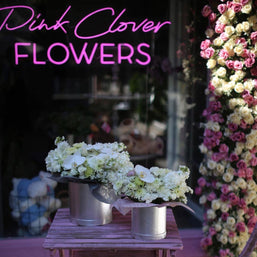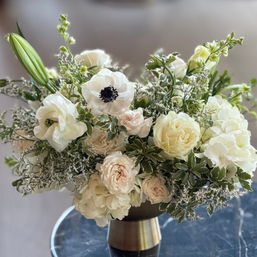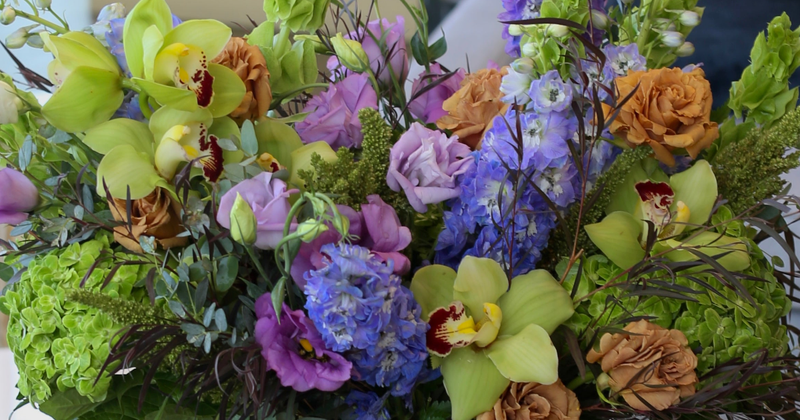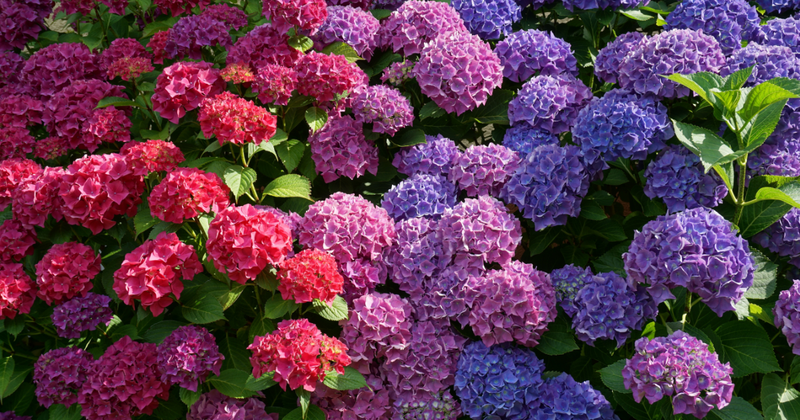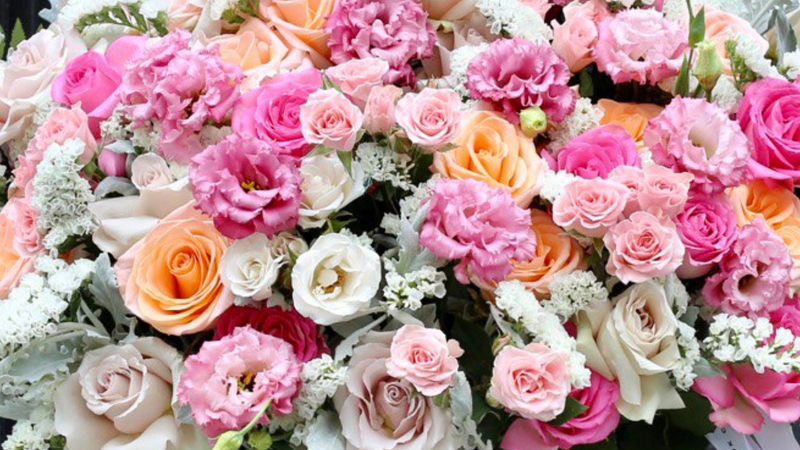Flowers are often admired for their beauty and fragrance, but nature has its share of shocking surprises. Imagine a bloom so rare and massive that people travel from miles away to witness it. Now, imagine that bloom reeks of death. Meet the corpse flower (Amorphophallus titanum)—a mysterious and massive flower that has earned its place as one of the most notorious and fascinating plants on the planet.
What Makes the Corpse Flower So Infamous?
The corpse flower isn’t just any large plant. Towering at up to 10 feet tall, it’s one of the biggest flowers in the world, and yet, it’s not its size alone that makes it legendary. This flower is best known for the horrendous odor it releases when it blooms—an overpowering scent akin to rotting flesh, earning it the grim nickname “corpse flower.” The smell, designed to attract carrion beetles and flies for pollination, is nature’s brilliant yet unsettling strategy for survival.
The sheer size of the flower paired with its odor makes it one of the most dramatic and rare spectacles in the botanical world.
The Allure of the Rare Bloom
A corpse flower can go years—even a decade—without blooming, and when it does, it only lasts 24 to 48 hours. This fleeting moment makes each bloom a highly anticipated event, turning it into a must-see sensation whenever a botanical garden announces an upcoming bloom. People flock in droves to witness this giant unfold its blood-red, meat-like petals—some curious about the beauty, others daring to experience the foul stench firsthand.
But why does it bloom so rarely? The corpse flower puts all its energy into growing underground in the form of a corm (a tuber-like structure) until it’s ready to send up a single, enormous flower stalk. Once in bloom, it only opens for a short period to spread its scent and pollinate before wilting back into obscurity.
The Dark Side of the Corpse Flower
Though the corpse flower isn’t dangerous like the toxic blooms you might find on a deadly flowers list, there’s something inherently eerie about it. The towering plant with its putrid scent has a haunting presence—reminding us that not all beauty in nature comes with sweetness. In fact, it almost feels like nature’s reminder that what attracts us is often fleeting and unexpected.
Its rare, ghostly blooms could be considered the stuff of legends, growing in the shadowy rainforests of Sumatra, Indonesia. The corpse flower's blend of beauty and repulsion has made it a symbol of fascination for centuries.
Why Does It Smell Like Death?
The corpse flower’s distinctive odor, often compared to a combination of decaying meat, sweaty socks, and cheese, is no accident. The plant’s evolutionary trick is aimed at attracting the kinds of insects that feed on rotting matter—carrion beetles and flesh flies. These insects unwittingly become the flower’s pollinators, helping it reproduce without the need for the more traditional, sweet-smelling pollinators like bees.
This deathly aroma is nature's ingenious way of ensuring the plant survives in the harsh environments of Sumatra’s forests.
A Global Phenomenon
Even though the corpse flower is native to Indonesia, its global fame has led to its cultivation in botanical gardens worldwide. When one is about to bloom, the excitement draws thousands of visitors, all eager to catch a glimpse (and smell) of the corpse flower. The combination of its enormous size, rare bloom, and infamous odor makes it a plant that people want to talk about—and experience for themselves.
How to Experience a Corpse Flower Bloom
Want to be part of this thrilling experience? Keep an eye on announcements from botanical gardens, as corpse flowers only bloom occasionally. If you’re lucky, you might find one scheduled near you. Just be prepared for a scent that will test your limits, but also give you a story worth telling!
